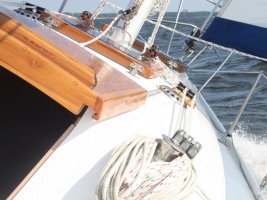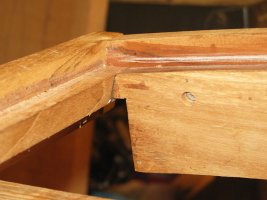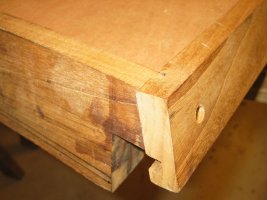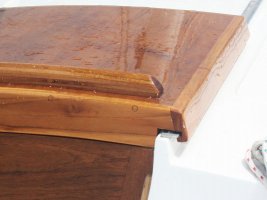Having just completed forward hatch and handrail projects, my confidence level with brightwork projects has increased slightly and I am now considering tackling a rebuild of my sliding companionway hatch.
I've gone through in detail the various postings on this matter, and I have one question whose answer I haven't seen (yet) mentioned: what kind of glue does one use for the base laminates used on the sliding hatch? I imagine I'll likely use 1/8" or 1/4" laminates that need glueing and bening into shape, but am at a loss as to what kind of glue is best here.
I've seen a variety of ideas on this (epoxy, gorilla glue, resorcinol glue, etc...), but wanted to hear it from this group what you thought worked well.
Thanks for your help!
I've gone through in detail the various postings on this matter, and I have one question whose answer I haven't seen (yet) mentioned: what kind of glue does one use for the base laminates used on the sliding hatch? I imagine I'll likely use 1/8" or 1/4" laminates that need glueing and bening into shape, but am at a loss as to what kind of glue is best here.
I've seen a variety of ideas on this (epoxy, gorilla glue, resorcinol glue, etc...), but wanted to hear it from this group what you thought worked well.
Thanks for your help!




 ...Imitation is the highest form of flattery, right?
...Imitation is the highest form of flattery, right?


